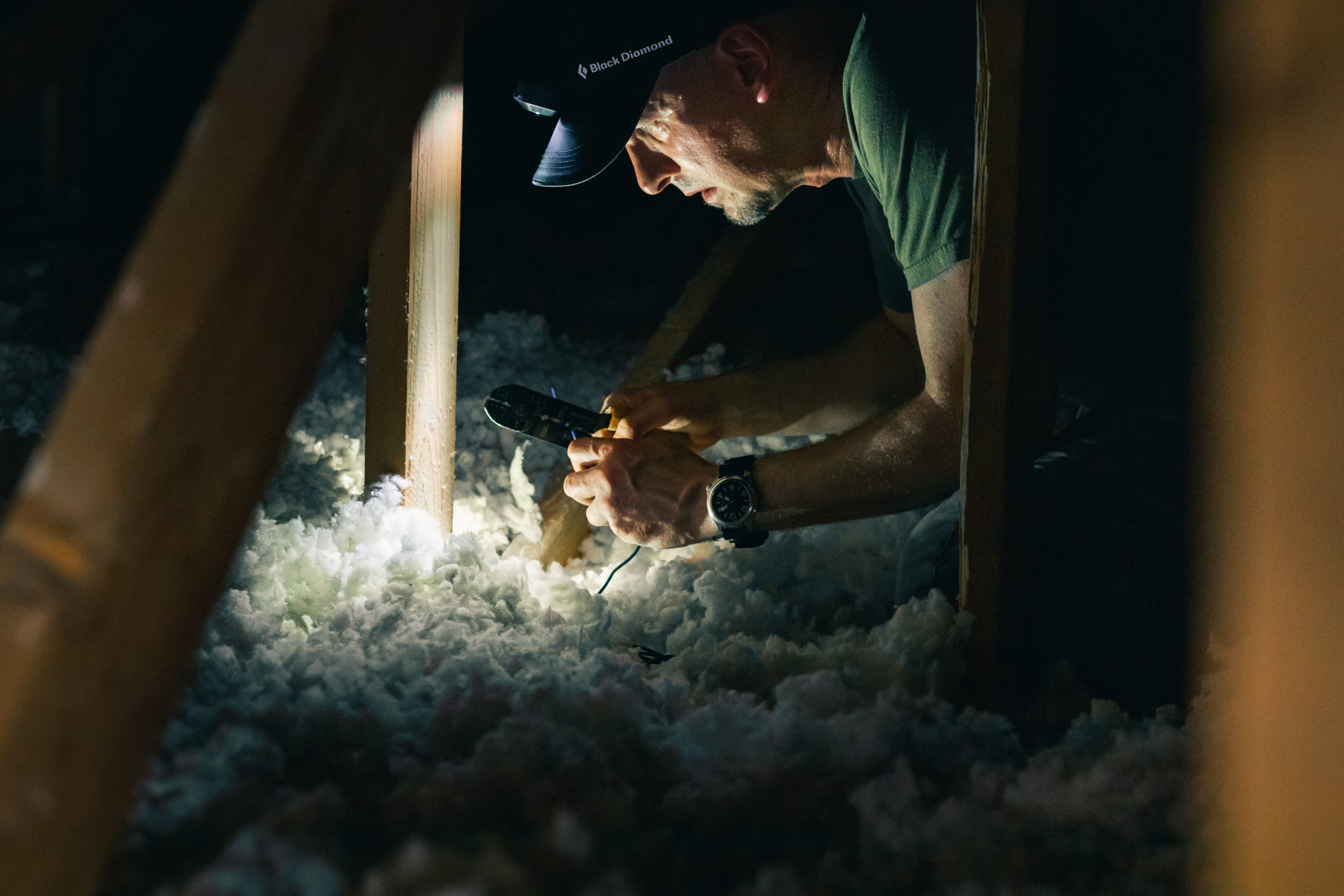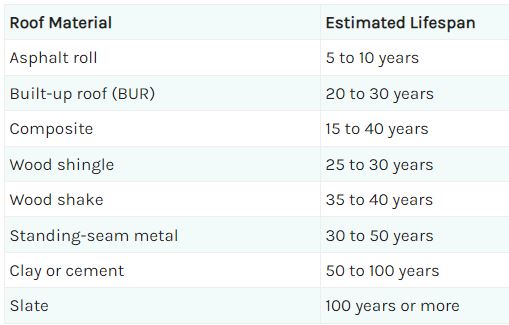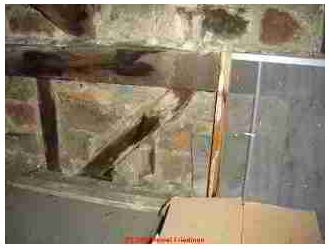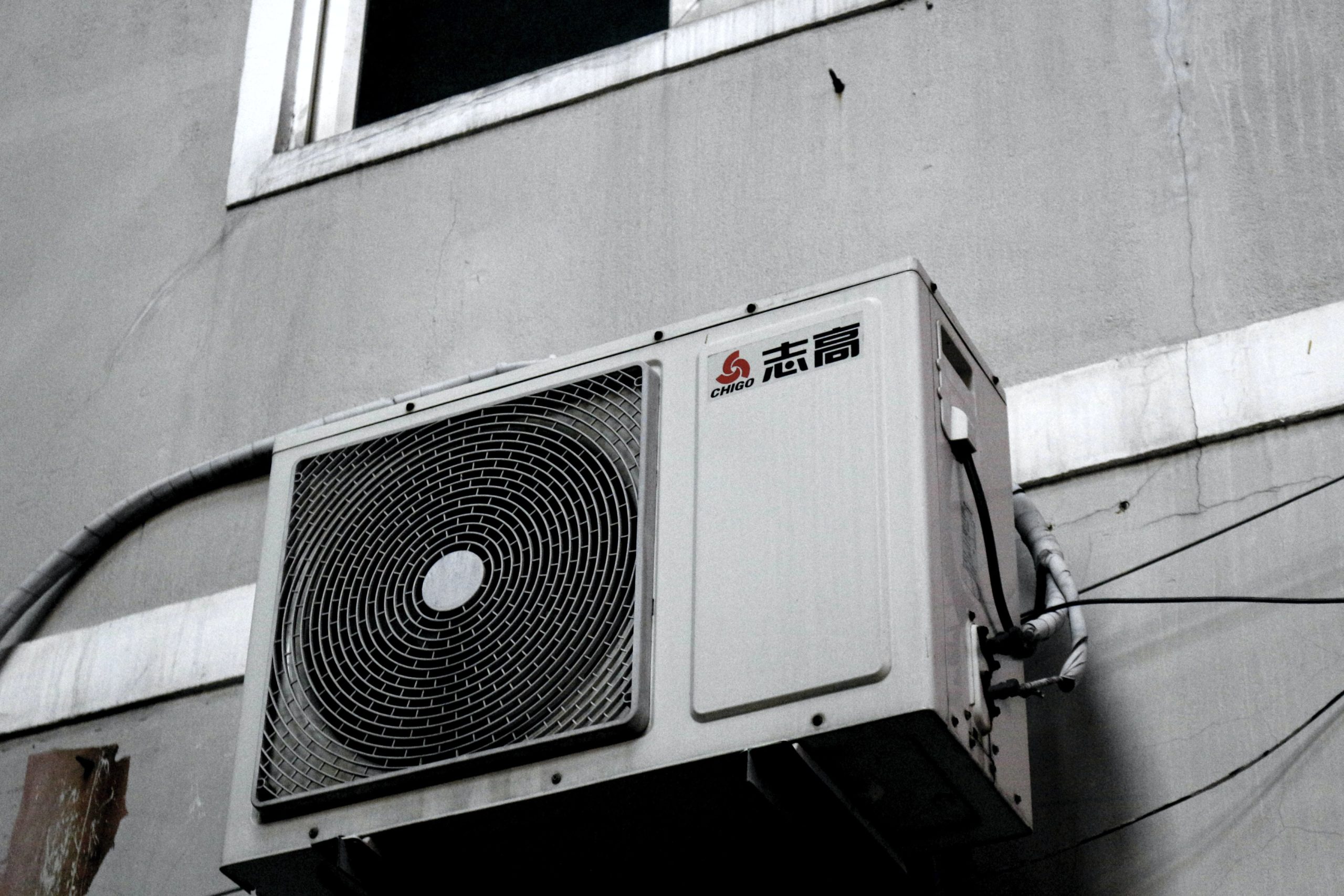Can my indoor air quality affect the food I eat?
Can my indoor air quality affect the food I eat?
Do you ever look at the food on your countertop, whether it’s an apple pie or bowl of potatoes, and wonder, how did that food go bad so fast? It’s a common problem, even more so in warmer climates, so we thought you’d like to know how your indoor air quality affects your food!
Admittedly, not all spoilage comes from your own air. It’s been recognized that food processing plants need to have better air contamination control during the food production process. “Primary air pollutants in the food industry are marked, being, in addition to microorganisms, suspended particles, combustion products (nitrogen oxide, carbon monoxide, carbon dioxide, sulfur oxide) and volatile organic substances.” (2019 Meat Industry Conference Paper) The contamination of food products is dependent on:
air’s microbial load, and
on the duration of exposure to the air, whether during specific technological processing stages (e.g. cooling) or during storage (from book: Hygienic Design of Food Factories, chapter 14: Managing Airflow and Air Filtration to Improve hygiene in food factories).
Air in slaughterhouses and sausage production facilities, for example, is more than 10 times more laden with yeasts and molds than dairy processing facilities, because of contamination that can come in on the product (animal feces). The second point is that the product contact with air needs to be limited in order to limit its contamination. Air quality is particularly important in facilities for production and packaging of butter, if this is manufactured in open-type mixers, since these devices can also incorporate up to 5% of the surrounding air into the product [Varnam A and Sutherland J P 1996 Milk and Milk Products: Technology, Chemistry and Microbiology 1st ed, Chapman and Hall, London, p 451].
Another factor that causes spoilage during food processing is humidity. There are three ways that humidity affects the food:
Condensation on equipment and food can accelerate microorganism growth
Dry foods can absorb moisture that will lead to microorganism growth
Packaging like paper and metal start to degrade, leading to spoilage
These insights into how food gets contaminated in factories are good for application in the home because although we can’t much control how it gets packaged, we can certainly control how it’s stored and prepared at home. So let’s dive in…
The three main biological pollutants that cause food spoilage are bacteria, yeasts and molds. (online course) Bacteria, yeasts and molds, which are typically small in size, can hitch a ride on larger particles like water droplets or dust. Where do these come from?
The bathroom. It’s not pleasant to think about, but “Germs will more likely spread after you flush, when bits of fecal matter blast into the air in aerosol form, a phenomenon known as "toilet plume." From there, Kelly Reynolds (a public health researcher at the University of Arizona) said, the "bits of fecal matter settle on surfaces, contaminate hands and then get spread to the eyes, nose or mouth." (USAToday.com) Here are some ways to limit the spread of germs from the bathroom to the kitchen:
Close the toilet lid before you flush.
Wash and dry hands before leaving the bathroom
Use an ionizer like the Germ Defender in the bathroom, to kill germs in the air and on surfaces.
Pets. Similar to the slaughterhouse scenario, many of us have furry animals (pets) walking around in our food-processing facilities (kitchens). Where these pets have been and what they have on their fur and feet can be really disgusting! Worse, homes with litterboxes in the kitchen, or allowing pets to walk on the counters, is like placing a toilet in the kitchen or even on the countertop! It’s just not pleasant to think about. If you have pets and you have a kitchen, think about these reforms:
Bathing pets regularly so that bacteria and mold are minimized
Not allowing pets to walk on countertops
Keeping litterboxes in another area of the home away from the kitchen if possible
Spraying pets’ fur regularly with a safe anti-microbial spray like Remedy Mold Treatment Spray by CitriSafe.
Always wash your hands after touching your pets and especially before food preparation!
The refrigerator. What? How can the refrigerator work against us when we’re talking about food spoilage? Actually, I’m not talking about inside the refrigerator, although that can be a problem (more on that later). Here, let’s talk about what happens in the “guts” of the refrigerator, where the heat is actually released through the coils. The speaker is Jeff May, a renowned air quality inspector.
“I was sitting in my kitchen, and every once in a while, I’d start to wheeze, but just couldn’t understand why. One day, I realized every time the refrigerator turned on, I would have trouble breathing. Our refrigerator was only three years old, but in those days, the drip pan was accessible from the front. When I removed the grille and took it out, there was a pearl onion that somehow bounced into it. The onion had an inch and a half of Penicillium mold growing on it. So, every time the compressor turned on, it would blow mold spores out into the room. Every frost-free refrigerator has a heating cycle. The cooling coil gets full of ice, and you have to melt that ice in order for the refrigerator to cool. The water from that melt goes into a pan at the bottom. The heat from the compressor is supposed to evaporate the water, but very often, the water persists. There’s just not enough heat. So, if there’s any dust in that pan, mold growth ensues. And if you’re allergic to cats and dogs, and somebody had a pet in the house before you moved in, that refrigerator can be a perpetual source of allergens just from the dust that accumulated on the coils when the pets were there. We’ve had people who have just simply cleaned their refrigerator, and all of their allergies went away.” (Jeff May, during interview with author of moldfreeliving.com)
Now for the inside of the refrigerator: Ok, it seems like a no-brainer that you shouldn’t leave spilled food lying around in the fridge because it can contaminate other food by direct contact. But using your fridge properly also prevents spoilage:
The real reason there is a Fruits and Veggies Drawer: it controls humidity in the drawer and prevents certain foods from ripening too fast. If there is a vent or slot on the drawer, this is used to adjust the humidity and air flow (because ripening fruits also produce a gas called ethylene, which will cause other fruits exposed to it to ripen). Closed vent or no vent = high humidity, and Open Vent = low humidity. For a quick way to remember what to put in the “Crisper Drawers”, remember this rule of thumb: “rot-low, wilt-high.” Fruits that are prone to rot belong in the low-humidity drawer, while produce that's prone to wilting needs to be enclosed completely in the high-humidity drawer. (for a full explanation see article at epicurious.com)
Don’t put meat, cheese, milk and eggs in the door shelves! The door of the refrigerator tends to stay at a higher temperature and these items will spoil more quickly (with nasty consequences) when stored there. For more on where to store what food, this article helps a lot).
The FoodKeeper App from the FDA is a useful tool to determine how long to keep, and when to throw out specific foods. It is also helpful to know why you need to preserve foods by refrigerating or freezing them right away (within 2 hours of cooking). Bacteria are not killed by these colder temps, but their growth is slowed down or stopped. Some bacteria and their endotoxins (toxins released by the bacteria through its life cycle and during death) are highly resistant to heat, so thoroughly re-heating them before eating does not kill the toxin! (check out our post on endo-and exotoxins here). Staphylococcus aureus is one example of such a bacteria, and it can cause some serious food poisoning, even death.
The dishwasher. Wait–the dishwasher is supposed to clean my dirty dishes, how can it be polluting my kitchen air? If you have ever cleaned the vent on your dishwasher, you will know how absolutely filthy this spot can be. Food residue, along with moist, steamy air will cause a thick slime to grow. The rest of the dishwasher needs a deep clean too (not just using a bowl of vinegar and/or baking soda), but the vent especially is the area where escaping steam will carry bacteria into your kitchen air.
Finally, keeping proper humidity in your home is super-important not only for your sinuses, but for food preservation too. Some fruits and veggies should only be stored on the counter (check them out here), so the proper humidity will help them to stay fresh longer.
Now you know how good air quality in your home means better food (especially in your kitchen). By reducing the bacteria-load in the air, reducing exposure to the air, and keeping proper humidity in the air, you can waste your precious foods less, and enjoy them more!
Photo by Martin de Arriba on Unsplash













